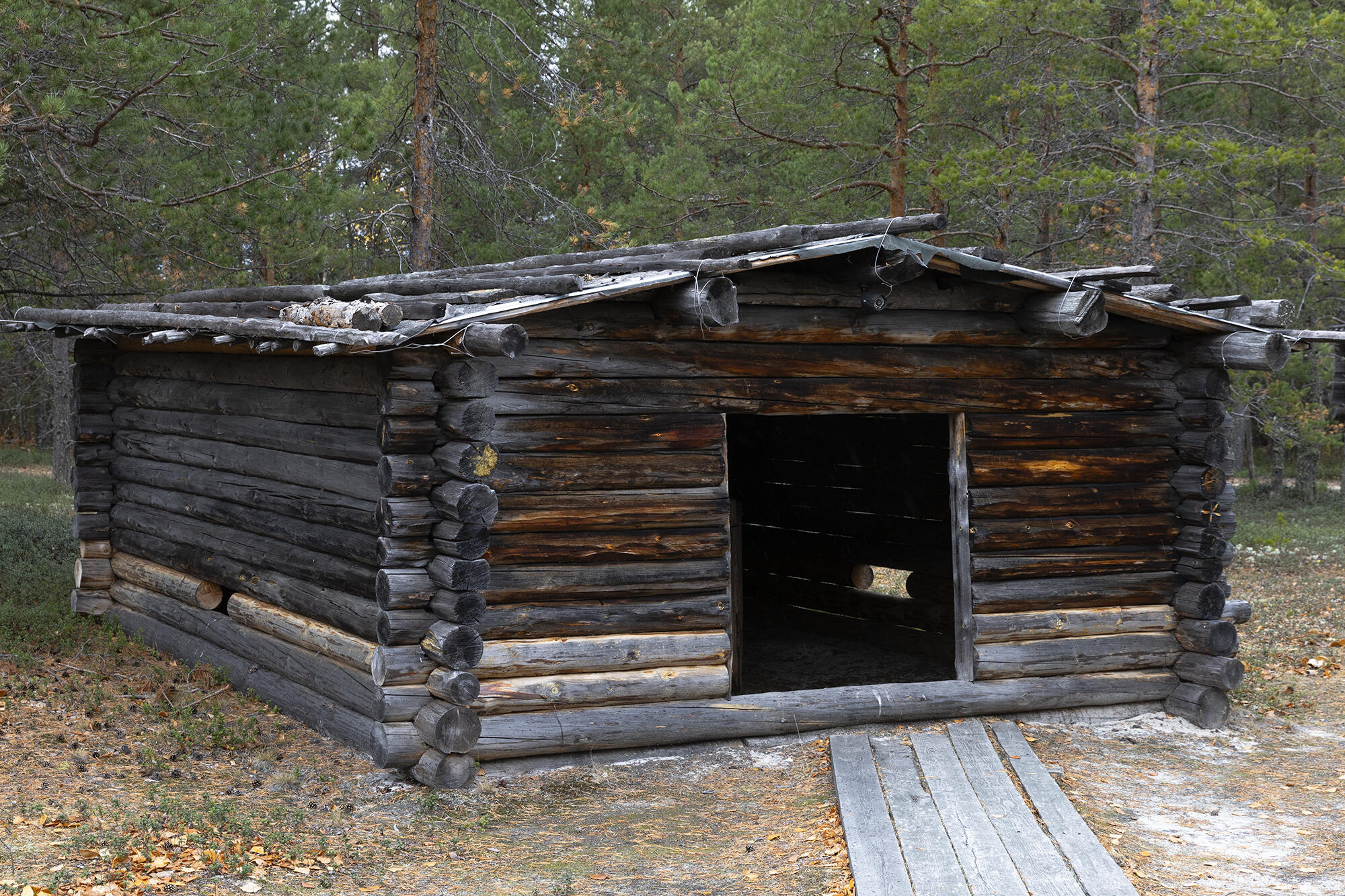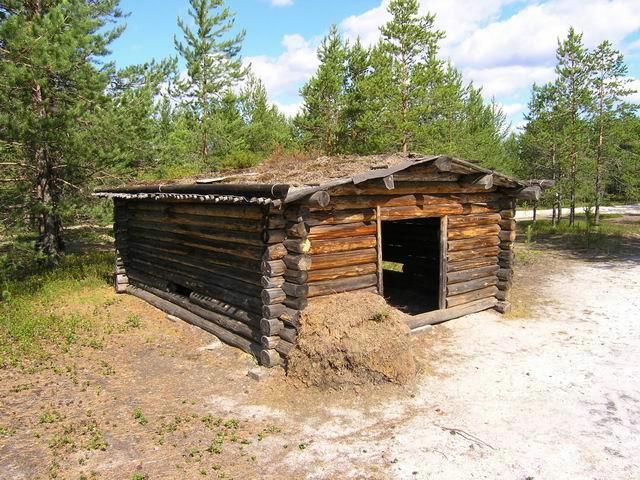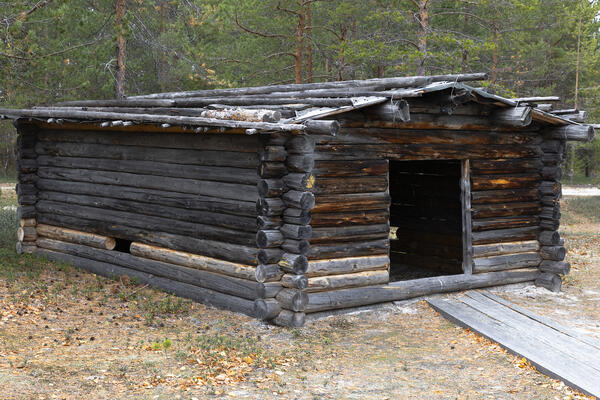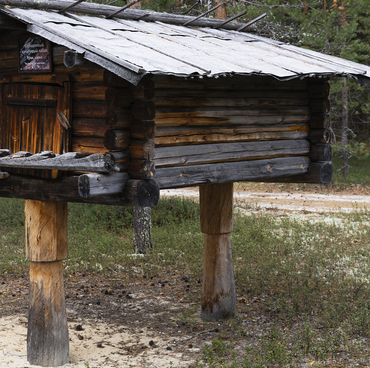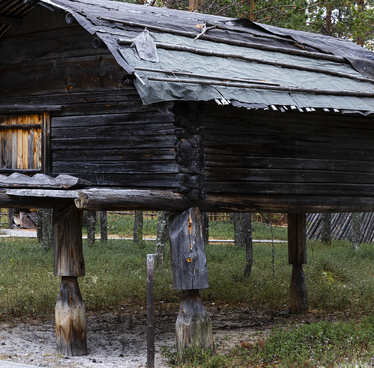For the indigenous peoples of the North, a reindeer is the most precious and valuable possession of any family. All myths, religious beliefs, rituals, and views of the world involve deer. This animal has been essential to the survival of humans in the North, providing food, clothing, transportation, and materials for building houses. Reindeer husbandry is the leading branch of agriculture in the Russian Far North.
People living in the North often say, “Reindeer are our friends.” A reindeer can pass through the most difficult terrain, such as deep snow, summer taiga, quaking bogs, and mountain rivers. Deer can see in the dark and find food under a layer of snow. They can be tamed and trained. Most importantly, this noble animal would never abandon its master and would not leave them freezing in a snowstorm.
People also strive to ensure comfortable living conditions for their domestic reindeer. In every summer camp, a deer stable is built and fumigated to protect the reindeer from blood-feeding insects. There is only one entrance to the deer stable, and it must be wide enough for animals with large antlers to pass through. The size of the building depends on the size of the herd and can reach up to 35 square meters.
The interior design of reindeer stables is similar among various Khanty groups, with minor variations. In the center of the stable, there is a hearth surrounded by a fence to prevent the animals from getting burned. Inside the fence, the Khanty put pine logs and branches and build a fire, later adding wet peat moss. The moss quickly blocks the airflow and produces thick and abundant smoke. The wood does not burn under the moss but smolders.
The deer stable is built without a foundation or a ceiling. It is made of pine logs joined at the corners just like in a log cabin. The side walls are made of twelve logs, while the front and back walls are made of thirteen logs. The roof of the stable is gabled, covered with roofing felt and a layer of peat moss.
There are no doors in the deer stable and the floor
is earthen. There are ventilation holes in the lower part of the side and back
walls. A seasonal camp with a large number of reindeer can feature several such
outdoor structures.
